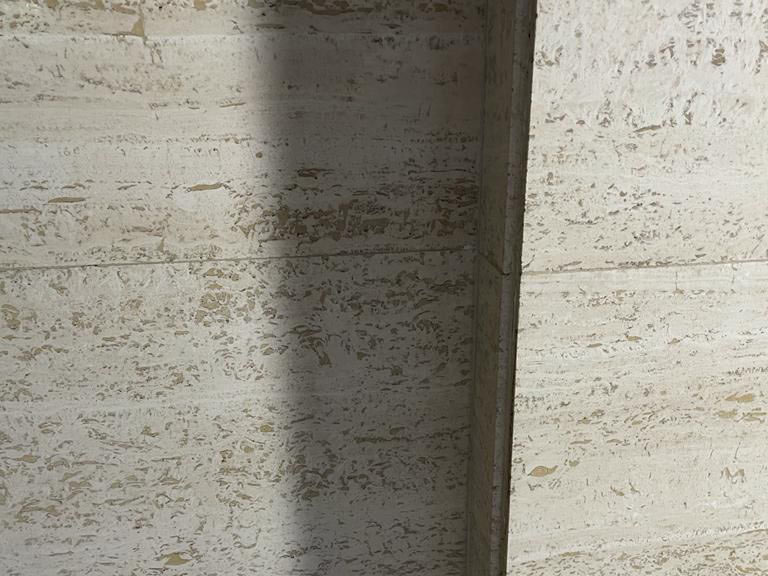A Enduring Appeal of Reviving Masonry

Repairing stonework is an expertise that merges tradition, artistry, and sustainability, infusing new life into surfaces that have endured the challenges of history. From ancient structures to contemporary houses, stone has long been a favored choice, providing both beauty and durability. However, with the movement of years, even the strongest stone can show indicators of wear, fading, and degradation. This is where the benefit of stone restoration comes into play. It not only enhances the visual quality of your space but also contributes preserve a piece of our collective history.
If you're contemplating a stone restoration project, you may find yourself pondering where to begin. Is it time to renew your stone surfaces? Comprehending the aspects of the method is crucial, and it can be overwhelming if you're not experienced to home restoration. Whether you're aiming to take on the task yourself or considering employing professionals, knowing the best practices can conserve you effort, money, and potential annoyance. In this guide, we will delve into the various aspects of stone restoration, including frequent errors to steer clear of, essential upkeep suggestions, and the deep influence repair has on preserving our cultural legacy for those to come.
Best Resources for Renovating Traditional Homes
Reviving traditional homes demands careful attention of the resources used to ensure authenticity and durability. Natural stone is frequently the initial choice for frontages, walkways, and outdoor elements. Its toughness and visual qualities smoothly blend with the historical design. When picking stone, it is important to correlate the type, texture, and hue to what was originally used, preserving the home's identity while dealing with any decline.
In addition to stone, lime mortar is a vital material for pointing and repointing masonry. Lime is breathable and permits moisture to escape, stopping damage to both the stone and the structure. Its give accommodates changes over time, making it preferable to recent cement mortars that can trap moisture, resulting in further damage. Grasping the properties of lime mortar makes certain that the revival supports the authenticity of the historic construction.
Wood also has a major role in the renovation of heritage homes, notably for structural elements, lights, and doors. Selecting the correct type of wood, ideally gathered from the corresponding species used previously, maintains the charm and effectiveness of the property. Routine maintenance, such as appropriate sealing and finishing, helps protect wooden components from the atmosphere, making sure they remain durable while enhancing the home's legacy allure.
Is Now the Right Time to Restore Your Stone Surfaces?

Assessing the condition of your stone surfaces is the first step in determining whether renewal is needed. Look for signs of wear such as breaks, stains, or fading. These issues not only reduce the aesthetic appeal of your space but can also weaken the stability of the stone. If you spot any of these signs, it may be time to consider restoration to stop further decline.
Another important consideration to think about is the time period and cultural importance of your stonework. If the stone surfaces are part of a heritage home or structure, restoring them can help preserve their original look. Many homeowners feel a sense of responsibility to preserve the cultural aspects of their properties, and restoring stone surfaces is a vital part of that effort. If http://lindgrenzhang.jigsy.com/entries/general/Historic-Monoliths-Current-Approaches-A-Revival-Voyage has importance, investing in restoration can be both a useful and emotional decision.
Ultimately, evaluate how regularly the stone surfaces are used and open to the elements. High-traffic areas and outdoor stonework tend to experience more damage over time due to consumption and interaction with weather conditions. If you realize that maintenance on your stone surfaces has been ignored and they are displaying visible signs of damage, it is prudent to act earlier rather than later. Timely restoration will not only improve the beauty of your space but also prolong the longevity of your stone surfaces.
DIY vs. Professional Stone Restoration: What You Should Know
When considering stone refurbishment, a primary the first decisions homeowners must make is whether to take on the project themselves or hire a professional. DIY restoration can be attractive due to the potential cost savings and the pride of completing a project on your own. But, Discover more here requires a strong understanding of the materials, methods, and tools required for successful restoration. Many people underestimate the challenges of stone restoration, leading to subpar results that may detract from the aesthetic of the stone and compromise its integrity.
In contrast, expert stone restoration solutions bring expertise and experience to the table. Professionals are trained to handle various types of stone, including granite to marble, and know the specific techniques required for each type. They are armed with advanced tools and products designed for effective restoration. Moreover, hiring a professional can save hours and prevent costly mistakes, especially for large-scale or intricate projects. Their expertise of cleaning methods, sealing procedures, and repairs ensures a superior outcome.
Ultimately, the choice of DIY and expert restoration depends on the scope of the project and your comfort level with the work involved. For small touch-ups and maintenance, DIY may be a practical option. However, for major restoration efforts, enlisting the help of professionals can ensure that the stonework is restored to its former glory, preserving its historical and artistic value.
